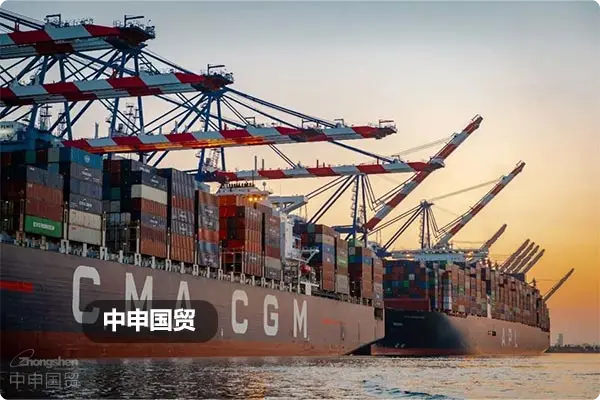- Shanghai Zhongshen International Trade Co., Ltd. - Two decades of trade agency expertise.
- Service Hotline: 139 1787 2118

Contents
ToggleThree Golden Criteria for Selecting Professional Agents
EquipmentImport ClearanceAs a technology-intensive business,The professional competence of an agency directly impacts customs clearance efficiency and cost control.. A high-quality agency should possess:
- Import Qualification Filing Certificate for Electromechanical Products (must include specific equipment types)
- AEO (Authorized Economic Operator) Advanced Certification qualification from customs
- At least 5 successful cases of similar equipment (requiring provision of customs declaration numbers for verification).
Analysis of Key Nodes in the 2025 Customs Clearance Process
Taking the import of a CNC machine worth $800,000 as an example, the standard customs clearance cycle is 15-22 working days:
- Pre-classification phase (3-5 days)
- The discrepancy rate in Harmonized System classification shall not exceed 2%.
- Verification of Declaration Elements Completeness
- Document pre-review stage (2 days)
- Consistency Check Between Proforma Invoice and Contract
- It is recommended to verify through the following methods:Anti-counterfeiting verification for books
- On-site customs clearance phase (10th-15th)
- Customs inspection rate: Approximately 28% for mechanical and electrical equipment.
- Laboratory testing cycle: extended by an average of 7 days
Four Devilish Details in Tax Calculation
A case where a company imported precision instruments with a CIF price of $1.2 million, leading to increased costs due to declaration errors:
- Incorrect application of tariff rate (8%→10%)
- Underreporting of transportation surcharge ($15,200)
- Royalty income undeclared ($82,000)
- Incorrect exchange rate applied (declaration date vs. third week of the previous month)
Ultimately produced$367,000 in back taxes and late fees, highlighting the importance of professional document review.
Practical Case Studies on Risk Control
Case 1:Due to an incorrect HS code classification (8479.89→8462.39) for certain automotive production line equipment, the import license was missing, resulting in demurrage fees of $28,000 per day.
Solution:Implement the pre-classification ruling mechanism, and apply for commodity pre-classification 60 days in advance.
Case 2:The IPPC mark on the wooden packaging of semiconductor manufacturing equipment was illegible, triggering customs quarantine inspection and causing a delay in shipment, resulting in a penalty of $145,000.
Solution:Implement pre-shipment inspection (PSI) to establish a triple error-proofing mechanism.
Three Key Secrets to Improving Customs Clearance Efficiency
- Prepare the pre-shipment inspection report 30 working days in advance.
- Utilizing the "two-step declaration" system to reduce customs clearance time by 40%.
- Establish an emergency reserve fund system (recommended at 5%-8% of the cargo value).
Key Three Policy Changes in 2025
- Adjustment of provisional import tariff rates for machine tool products (±3%).
- The requirements for the age certification documents of used mechanical and electrical equipment have been changed.
- The scope of ATA Carnet has been expanded to include research and development equipment.
Authoritative Answers to Common Corporate Questions
Q: Is it mandatory to complete the import procedures for equipment?3CA: According to the current catalog, industrial presses are generally not within the CCC scope, but confirmation is needed whether the equipment comes with additional modules such as laser safety devices.
A: According to Announcement No. 17 of 2025 from the State Administration for Market Regulation, 38 categories of electromechanical products can adopt self-declaration as an alternative to traditional certification.
Q: Second-handEquipment ImportsHow to avoid risks?
A: The following conditions must be met simultaneously: the manufacturing date of the equipment is ≤8 years, original operation logs are provided, and a third-party technical evaluation is passed.
Q: How to apply for the fast-track clearance channel?
A: The following conditions must be met to apply for the "Whitelist": annual import volume ≥ $5 million, AEO-certified enterprise, historical declaration error rate ≤ 0.5%.
Related Recommendations
? 2025. All Rights Reserved. Shanghai ICP No. 2023007705-2  PSB Record: Shanghai No.31011502009912
PSB Record: Shanghai No.31011502009912










